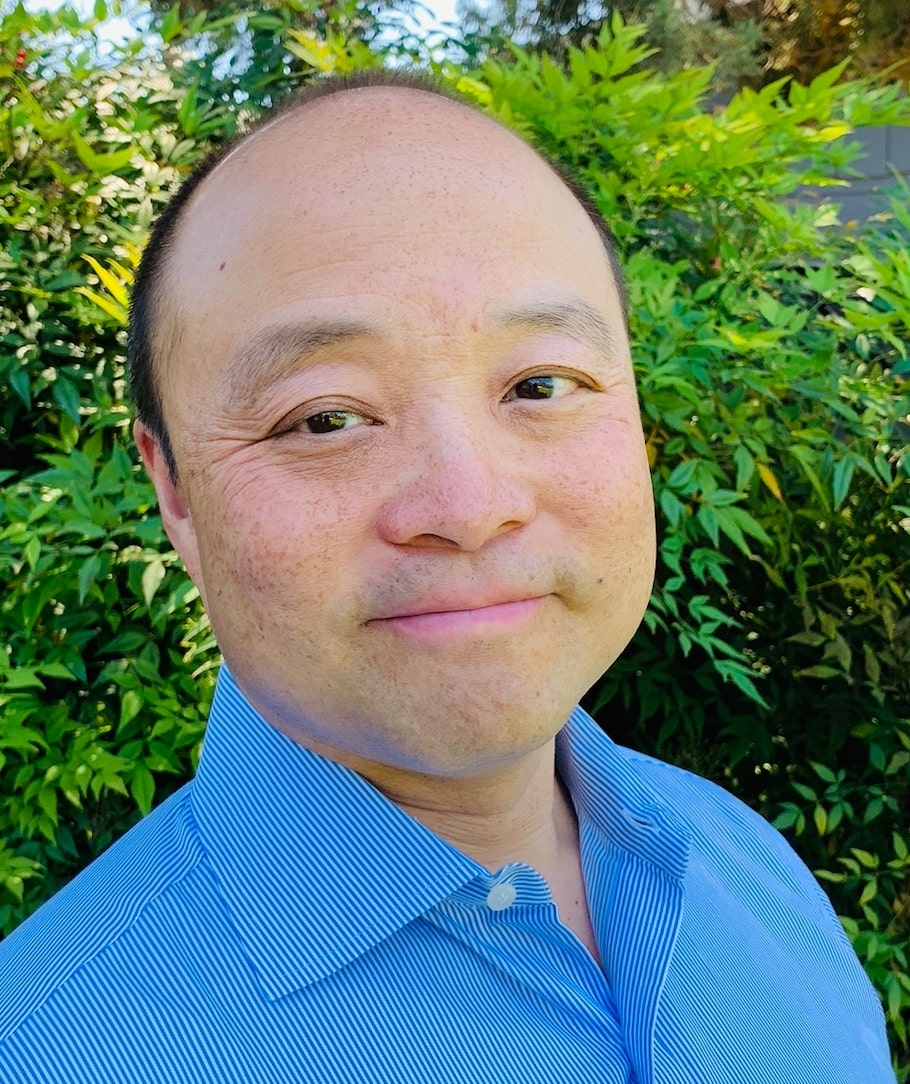An innovative strategy for regenerating skeletal muscle tissue using cells from the recipient’s own body is outlined in University College of London research published today.
Damaged muscle tissues treated with satellite cells in a special degradable hydrogel showed satisfactory regeneration and muscle activity. Muscle activity in repaired muscle in a mouse model was comparable with untreated muscles. This is the first time muscle function has been proved by physiological tests. Satellite cells (SCs), freshly isolated or transplanted within their niche, are presently considered the best source for muscle regeneration. They are located around existing muscles. Hence, a patient’s own cells can be used, from a muscle biopsy.
A key issue for regeneration is how cells grow as a structure, as they usually require some form of framework. A hard framework would impede muscle growth and muscle cell penetration. The hydrogel, by contrast, provides a supportive structural skeleton but degrades quickly as muscle tissue returns and the support becomes unnecessary. The gel is initially liquid, hardens in place under UV light, and is easily penetrated by muscle cells.
“We focused on a simple, robust, and reproducible technique that could be easily adapted to clinical requirements” said Dr De Coppi.
“This is using the patients own cells, without any lengthy culturing process, which means we could take a biopsy, produce the cells in a couple of hours, and implant them where needed – it can be done in theatre as one process. Using the patient’s own cells eliminates any tissue rejection.”
“Nor are there ethical debates as for embryonic stem cells, or culturing and availability issues, such as amniotic stem cells.”
The lab model has the potential to be translated into significant clinical benefit for babies and children born with defective organs, or caused by injury or pathological conditions, that currently require complicated and potentially devastating reconstructive surgery.
Professor Andrew Copp, Director of the UCL Institute of Child Health, said: “This is a very exciting research finding that may significantly advance our ability to repair muscle damage or defects in future. It is a great example of translational research in action, from the laboratory to a near-clinical application.”
The focus for initial clinical research in humans will be relatively small muscles at first, like deformities in the face and palate, or in the hand. It will be technically more demanding to grow larger muscles with more structure, which would require their own nerves and blood supply.
“We want to move to safe and effective human trials” said Dr de Coppi, “but of course we are not there yet. Furthermore scaling up from small muscles to larger structures will undoubtedly be challenging.”
If you liked this article, please give it a quick review on ycombinator or StumbleUpon. Thanks

Brian Wang is a Futurist Thought Leader and a popular Science blogger with 1 million readers per month. His blog Nextbigfuture.com is ranked #1 Science News Blog. It covers many disruptive technology and trends including Space, Robotics, Artificial Intelligence, Medicine, Anti-aging Biotechnology, and Nanotechnology.
Known for identifying cutting edge technologies, he is currently a Co-Founder of a startup and fundraiser for high potential early-stage companies. He is the Head of Research for Allocations for deep technology investments and an Angel Investor at Space Angels.
A frequent speaker at corporations, he has been a TEDx speaker, a Singularity University speaker and guest at numerous interviews for radio and podcasts. He is open to public speaking and advising engagements.
